Gender balance decision-making: Serbia above Europe average
European countries are still struggling to achieve gender balance in decision-making, according to a new Council of Europe (CoE) report.
Tuesday, 17.10.2017.
15:18
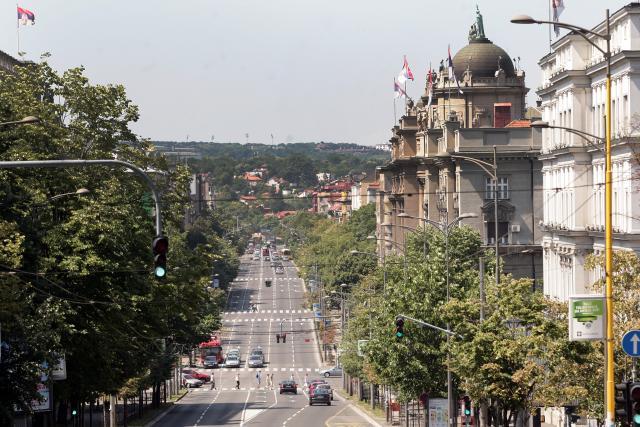
Gender balance decision-making: Serbia above Europe average
The report looks at progress made by 46 countries towards the goal set by the Council of Europe’s Committee of Ministers in 2003 of having at least 40 percent of both men and women taking part in different aspects of political and public life, the CoE said, announcing the document's publication.When it comes to Serbia, 34.4 percent of National Assembly members were women in 2016 – almost ten percent above the European average of 25.6 percent.
The report also shows that there were 37.5 percent of women chairpersons of parliamentary committees in 2016, while the European average was 25.6 percent. The same figure is true when it comes to women elected to regional assemblies, while in Serbia it stands at 31.6 percent. In 2016, Serbia had 56.8 percent women judges in High Courts, while the European average was 33 percent.
At the same time, the country had 40 percent women judges in the Constitutional Court, while the average across Europe was 26.3 percent. According to data in the report, Serbia had 15.9 percent "extraordinary and plenipotentiary" women ambassadors, with the average across Europe at 13 percent.
A lower average is recorded only in the election of women to mayoral posts. Namely, in Serbia, this percentage is 5.5 percent, while the European average is 13.4 percent. Serbia has 57.1 percent of women representatives and deputies in the Parliamentary Assembly of the Council of Europe – while across Europe, this averages to 35.7 percent.
According to the reports summary, only two out of 46 countries studied – Finland and Sweden – reached the 40 percent minimum target for women’s participation in lower or single houses of parliament in 2016; the average figure across Europe was 25.6 percent.
At the same time, none of the countries met the 40 percent minimum target for upper houses of parliament – the average percentage of women among appointed members was 35.8 percent and for elected members 23.9 percent.
The average proportion of women heads of state and government, heads of regional governments and mayors across Europe was below 17 percent, while on average, the representation of women in High/Supreme Courts was 33 percent – this compares to 28 percent in High Councils of the Judiciary and 26 percent in Constitutional Courts.
The overall low proportion of women ambassadors - 13 percent - was among the least gender balanced in 2016, the report showed.
“These figures show that Europe still has a very long way to go to achieve gender equality,” said Council of Europe Secretary General Thorbjorn Jagland, and added:
“I urge all member states to take positive steps to improve gender balance in public decision-making as part of their wider efforts to boost gender equality in all walks of life.”













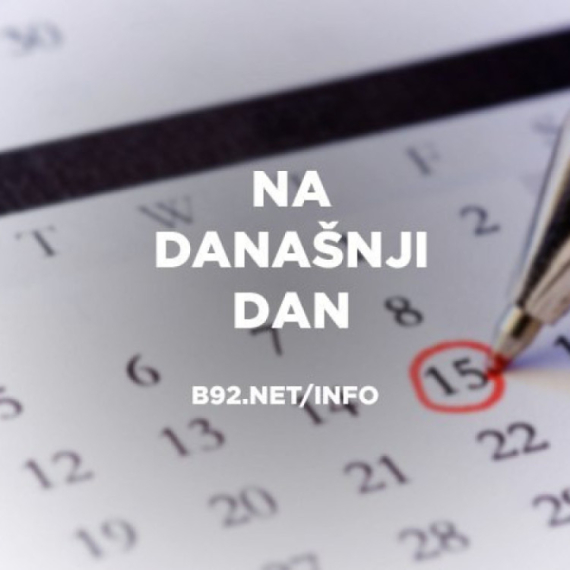

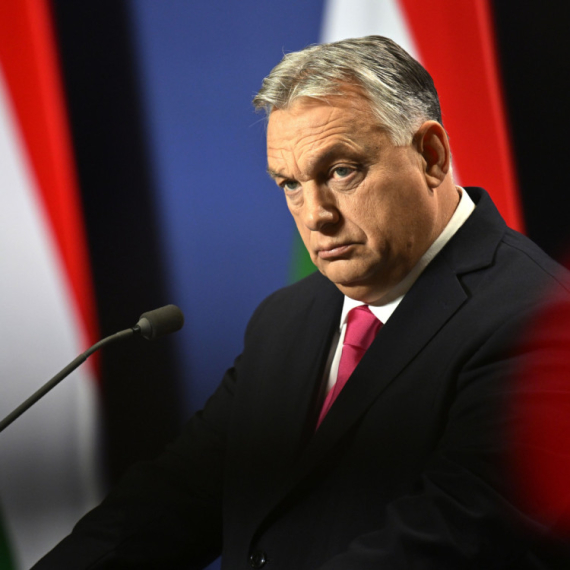
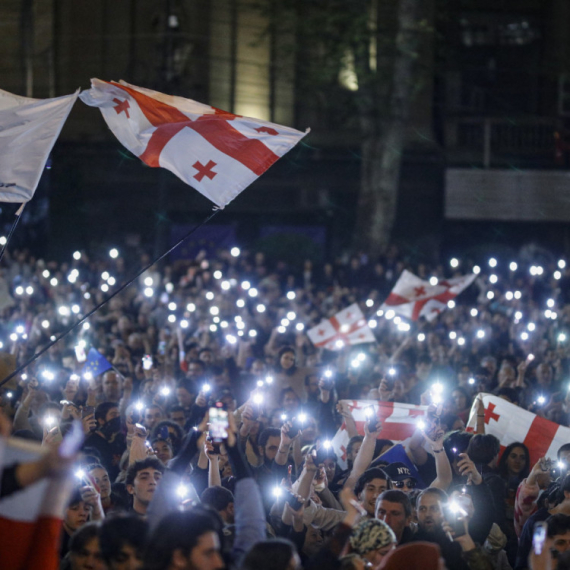

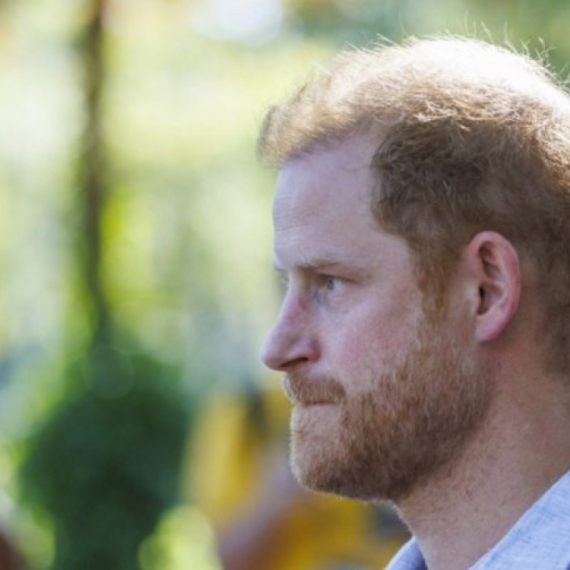




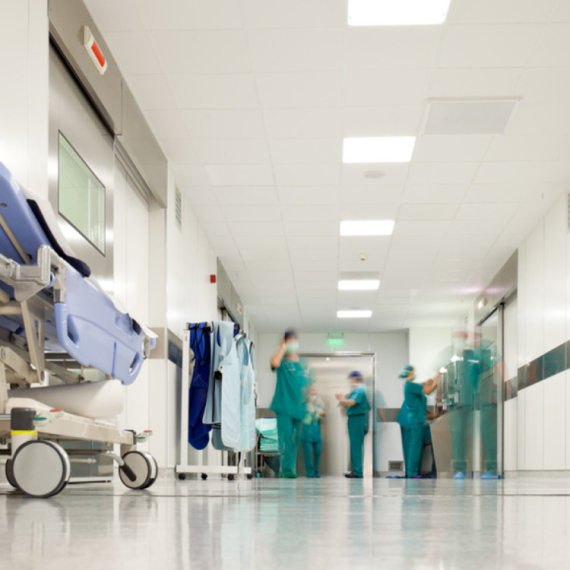
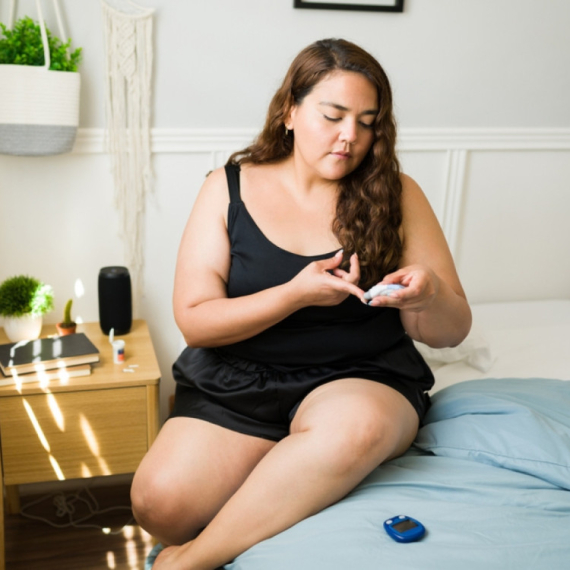
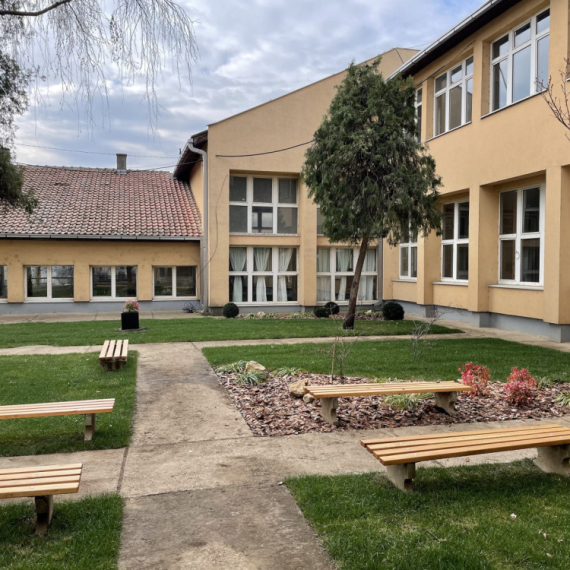


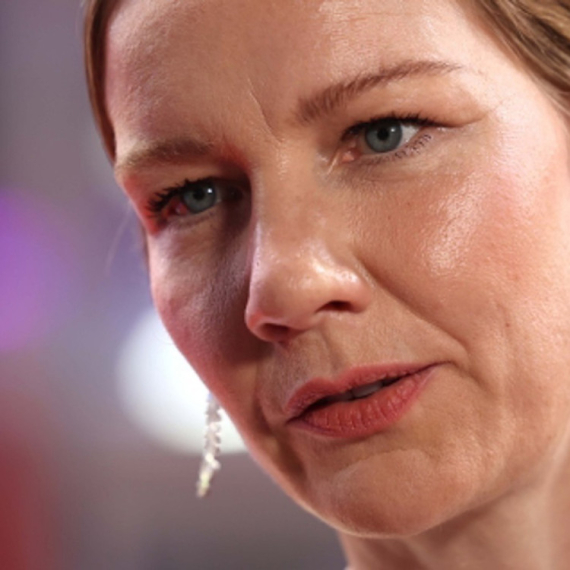












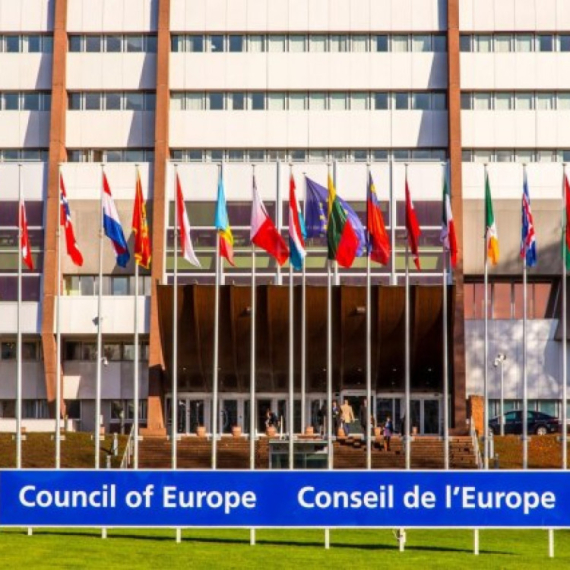



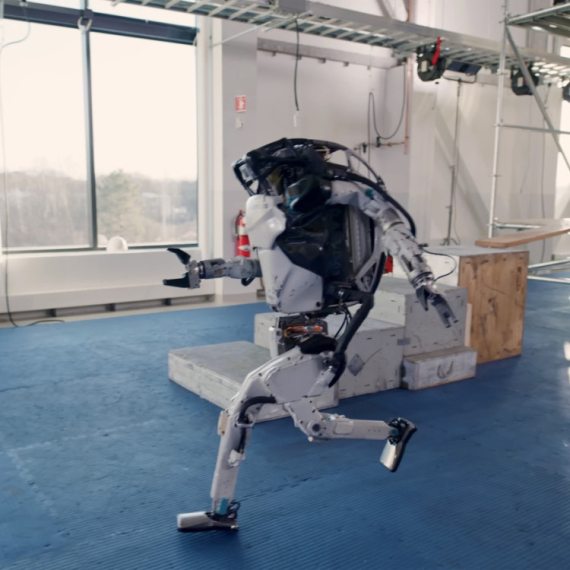

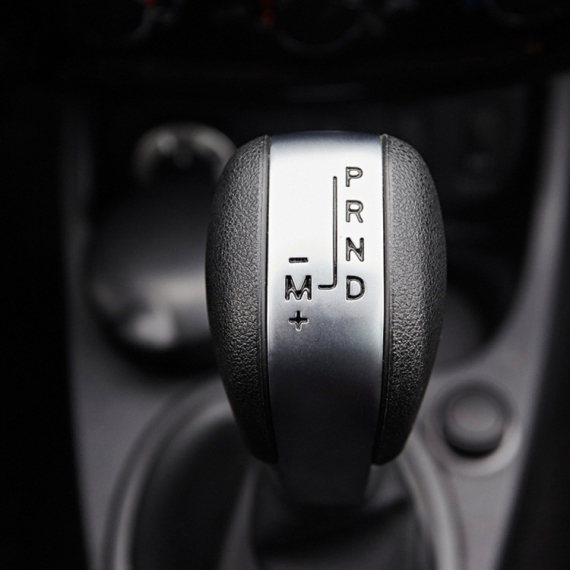
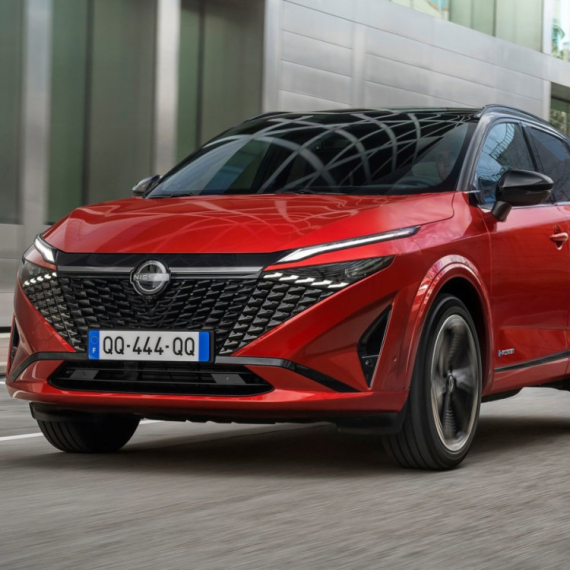

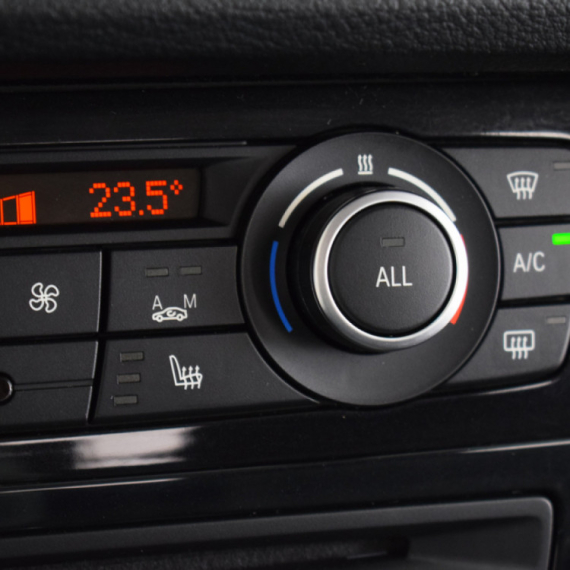
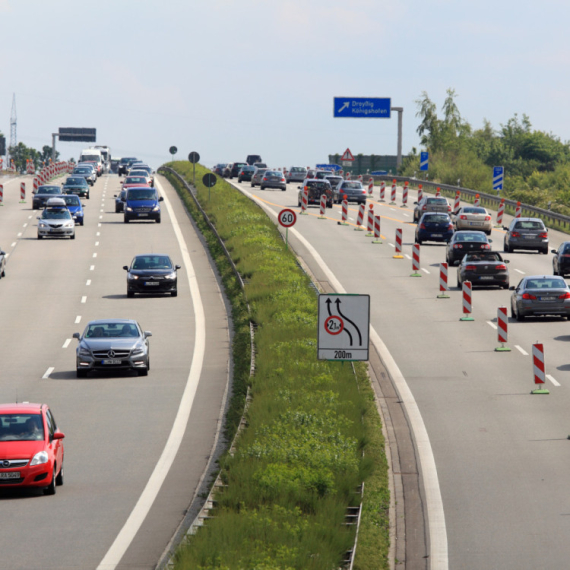

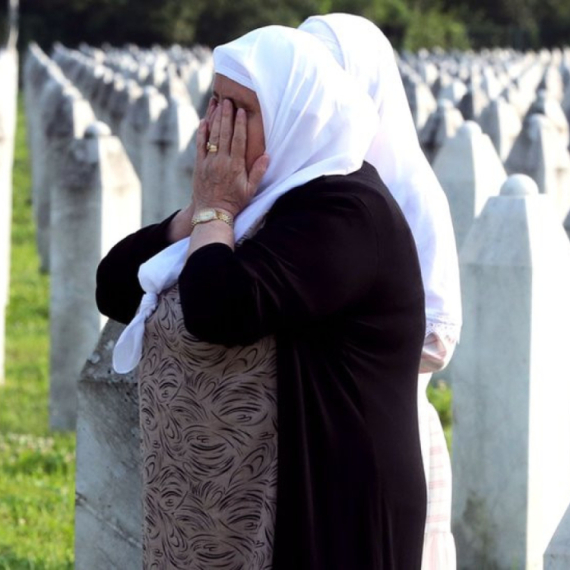
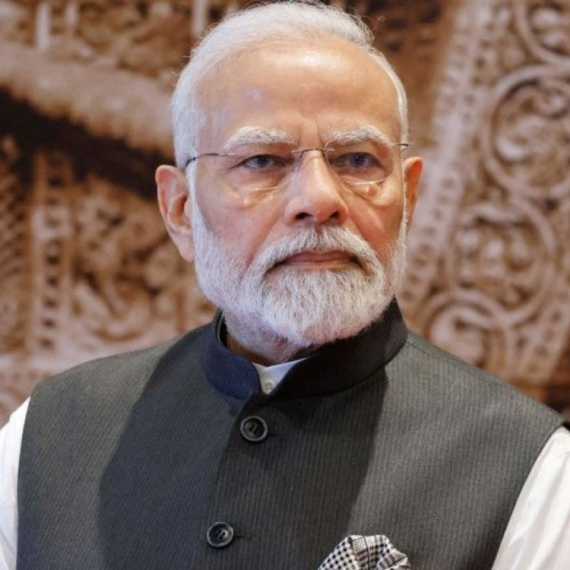
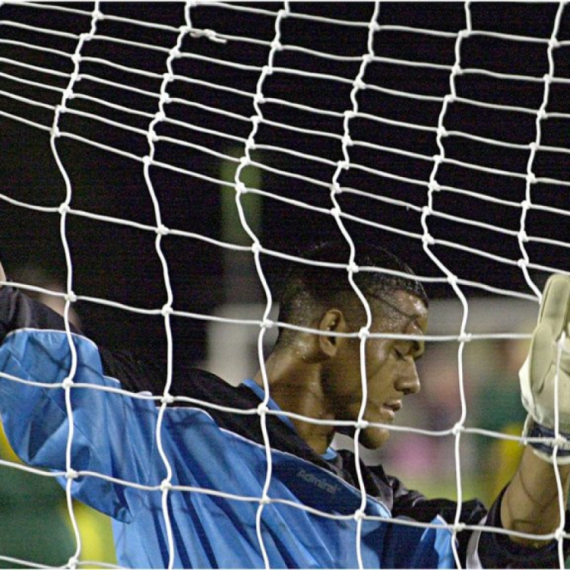


Komentari 1
Pogledaj komentare